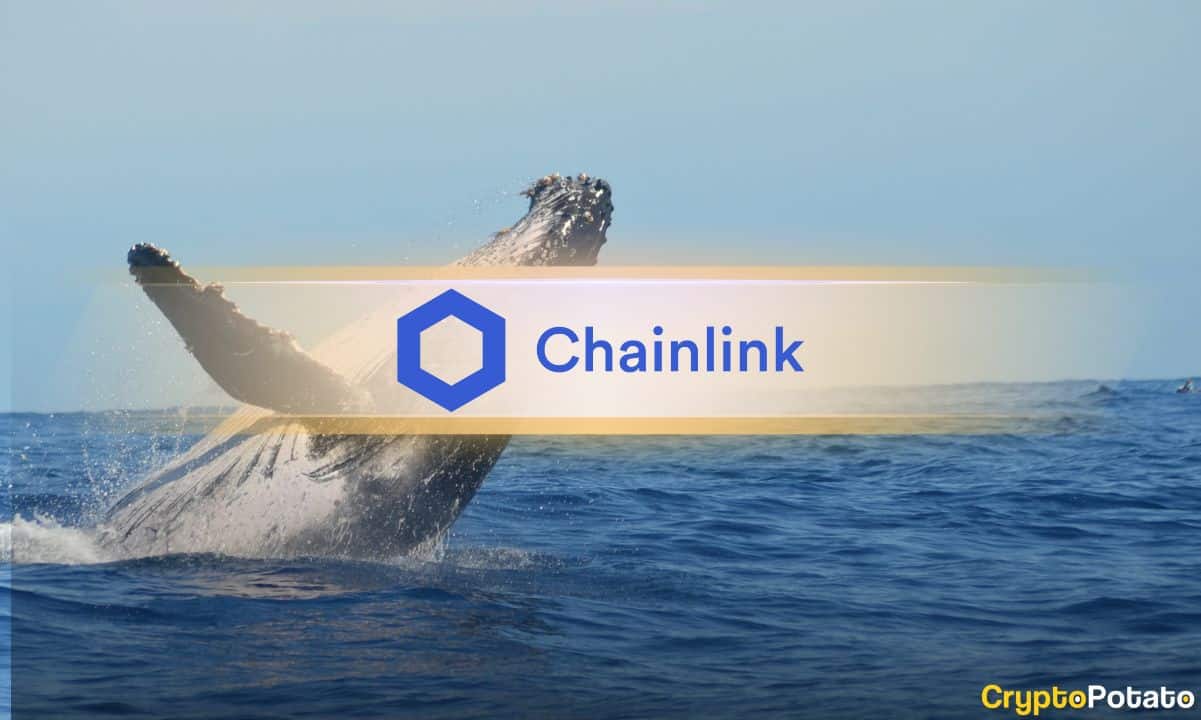IOTA’s RealFi Ecosystem Aligns With a16z’s Vision for the Next Blockchain Era

- a16z’s State of Crypto 2025 report highlights trends IOTA has already implemented through its Trust Framework, TWIN, and Salus Platform.
- IOTA’s programmable infrastructure and on-chain trust model are shaping the foundation for real-world tokenization and digital trade.
- The ecosystem’s presence in Africa demonstrates how blockchain adoption can scale by solving practical problems in emerging markets.
Andreessen Horowitz’s (a16z) recent State of Crypto 2025 report paints a vision of the blockchain industry’s next phase, one centered on scalable infrastructure, verifiable data, tokenized trade, and sustainable real yield. Interestingly, much of what the report identifies as the future has already become reality within the ecosystem.
IOTA has quietly built programmable infrastructure that bridges real economies with digital systems. Its evolution into a delegated proof-of-stake (dPoS) network powered by MoveVM transformed it into a fully programmable and modular ledger.
Transaction fees are predictable and can even be covered by smart contracts, allowing for a feeless experience for users. This makes IOTA’s architecture ready for enterprise-grade applications and real-world integration, the same foundation the a16z report describes as essential for blockchain’s next growth wave.
Trust Framework, TWIN, and Salus Define IOTA’s RealFi Vision
The IOTA Trust Framework brings together digital identity, notarization, and permission models to build trust across trade, finance, and government interactions. It allows documents like invoices and certificates to be verifiable and tamper-proof, an essential step in transforming blockchain from a simple ledger into a global trust layer.
Meanwhile, TWIN has gone live as an open-source platform for digitizing global trade processes. It securely digitizes certificates of origin, invoices, and customs declarations, creating a transparent and paperless trade environment. Governments and enterprises can validate transactions in real time, eliminating intermediaries and reducing fraud risks.
The Salus Platform connects verified mineral suppliers with financiers through tokenized trade finance. Built on processes proven across $4 billion in real-world transactions, it provides a bridge between physical commodities and on-chain capital.
Salus uses IoT devices to verify production data directly on-chain, ensuring transparency and compliance while creating yield backed by real economic activity rather than speculation.
IOTA Expands Real-World Adoption in Emerging Markets
The a16z report identifies emerging markets as leading the next wave of blockchain adoption, driven by stablecoins and mobile payments. Africa stands out with $205 billion in crypto volume and 52% annual growth.
IOTA’s initiatives, particularly TWIN and Salus, are already active in regions like Kenya and Rwanda, promoting financial inclusion and trusted trade data. These projects showcase how blockchain adoption thrives when it tackles real-world challenges, verified trade, transparent financing, and on-chain identity.
Also Read: IOTA Price Analysis: Descending Triangle Could Lead to $0.350 Rally
You May Also Like

The Resilience of Bitcoin: Decoding Cycles and Trends

Pave Bank raises $39M led by Accel, Tether to expand programmable banking
The Singapore-based digital bank plans to broaden its crypto and fiat offerings for institutional clients, citing growing demand for programmable finance. Fintech Pave Bank has raised $39 million in a Series A funding round led by venture capital firm Accel. The company offers programmable banking solutions for businesses, combining crypto and fiat services.The round included participation from Tether Investments, Wintermute, Quona Capital, Helios Digital Ventures, Yolo Investments, Kazea Capital, Financial Technology, and GC&H Investments, bringing the company’s total funding to about $45 million, according to the Economic Times.Founded in 2023 by fintech veterans Simon Vans-Colina, Salim Dhanani, and Dmitry Bocharov, Pave Bank provides institutional and corporate clients with both traditional and programmable banking services, while also facilitating transactions involving digital assets.Programmable banking services allow businesses to automate financial operations such as payments, transfers, and treasury management through application programming interfaces (APIs) or smart contracts built on digital infrastructure.Read more
